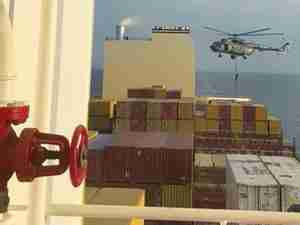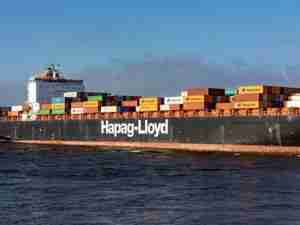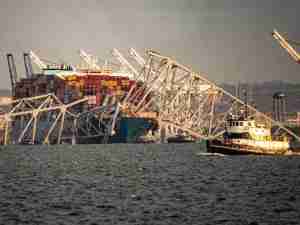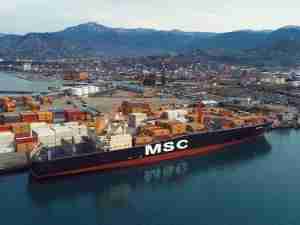Singapore's benchmark bunker fuel price surged to 2-1/2 year highs last month in tandem with a rise in Brent crude futures to $127, the highest since August 2008.
Both markets, however, have since plummeted with bunker prices down nearly 8 percent last week following a broad sell-off in commodities.
The world's leading container lines, including A.P. Moller Maersk and Mediterranean Shipping Company (MSC), have been able to protect their profit margins from volatile fuel costs through bunker adjustment factor (BAF) clauses contained in contracts with customers.
Exporters face average bunker fuel costs of around $776 per twenty-foot equivalent unit (TEU) for a container vessel travelling from Asia to Europe in June. That is up from the previous record of $766 in September 2008, according to a poll of 12 carriers by leading consultancy group Alphaliner.
"BAF has remained a bone of contention for shippers, who argue that it is used by shipping lines to generate additional revenue," Alphaliner said in its weekly newsletter.
"Carriers maintain that it is used to recover additional bunker costs linked to unexpected fluctuations in the price of fuel."
Bunker surcharges ranged between $703 per TEU, charged by Japan's Nippon Yusen Kaisha , to $832 from Tokyo's Mitsui-OSK Lines .
Despite passing on record high bunker fuel costs to their customers, carriers still faced freight rates at multi-year lows.
Spot rates from the Far East to North Europe have tumbled to $900 per TEU, down from above $1,300 earlier this year, due to an oversupply of vessels, traders said.
"So far we do not see any interest in reducing capacity on the Asia-Europe routes and we do not expect to see any laying up to happen in the coming weeks," said GFI Brokers in its weekly note.
"We reckon no carrier will take any action to adjust capacity before the middle of the third quarter."
Overall capacity on the Asia-Europe trade route has increased by 6 percent since March following the introduction of three new high capacity strings, Alphaliner said. (Reuters)










